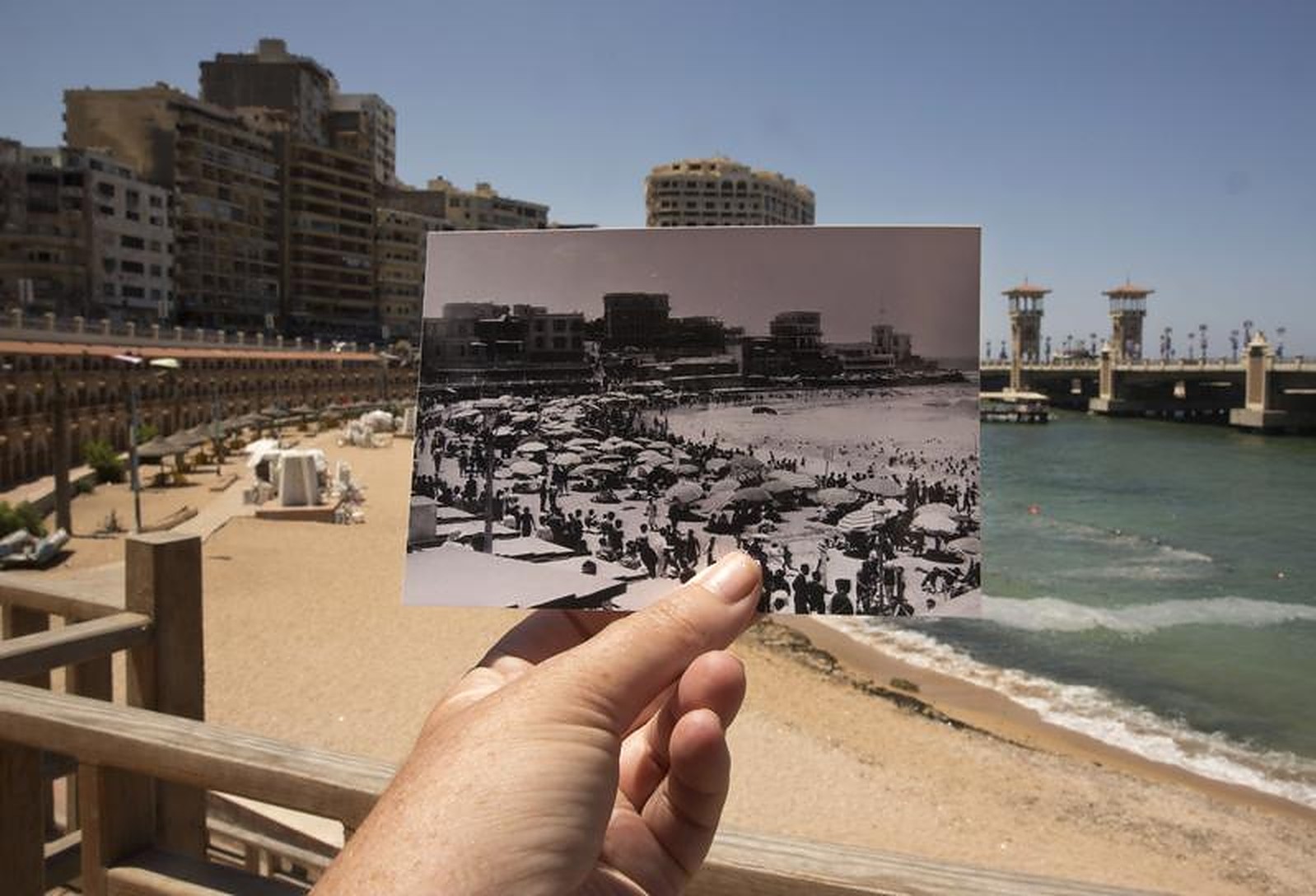Holding a vintage 1933 photograph of Alexandria’s Stanley beach beside a modern 2019 photograph of the same site, American photojournalist Maya Alleruzzo captured a key striking difference: the rising sea level over the years. Photography has its own kind of power to communicate the crisis of climate change. It is not just a tool for observational storytelling, but can also represent people-powered climate action to put further pressure on leaders and decision-makers. In 2017, for instance, Canadian photographer Paul Nicklen’s famous photographs of a starving polar bear on the point of death became the face of climate change. Yet the visual vocabulary of climate change has not been particularly diverse in its depiction of how climate change affects ordinary people and, namely, the most vulnerable. In 2020, a report by the State of the Climate in Africa 2019 warned that climate change is an increasing threat to the African continent. This is evidenced by the fact that in 2020 alone, around 1.2 million people in Africa were displaced by unstable weather conditions. With COP27 just around the corner, building urgency and momentum around climate change can be difficult without understanding…



